- Home | Industry Update | Japan Eyes Leadership In Us Nonwoven Market As Tariff Shifts...
Japan Eyes Leadership In Us Nonwoven Market As Tariff Shifts Reshape Trade Dynamics

The United States' nonwoven fabric market (HS-560394, >150 G/M²) is undergoing a significant transformation due to evolving trade policies and tariff adjustments. Traditionally dominated by China in terms of volume, the sector is witnessing a potential shift as Japan emerges as a frontrunner in the premium nonwoven segment.
With rising tariffs impacting China's price advantage, the competitive landscape is experiencing a realignment. While Mexico has temporarily benefited from this shift, the prospect of new tariff impositions on Mexican exports could further redistribute market shares. This presents a golden opportunity for Japan, Germany, and South Korea to strengthen their foothold in the US nonwoven sector.
A detailed analysis of the export performance of key players—including China, Japan, Germany, Mexico, and South Korea—reveals significant variations in trade values, revealed comparative advantage (RCA), unit value realization (UVR), and tariff structures. Japan’s strategic focus on high-value, technologically advanced nonwoven products gives it a competitive edge, particularly in premium market segments.
As tariff uncertainties continue to reshape global trade dynamics, Japan is well-positioned to capitalize on shifting supply chains and consumer demand for superior-quality nonwovens. Meanwhile, Germany and South Korea are also expected to leverage these developments, increasing their market presence through innovation and competitive pricing.
The evolving scenario underscores the importance of agility in global trade strategies. With the US market recalibrating its supply sources, exporters that swiftly adapt to changing tariff regulations and market demands will emerge as key beneficiaries.
03:04 PM, Mar 21
Other Related Topics

Mushroom Based Insulation Offers New Life for Europes Textile Waste
02:41 PM, Dec 25.webp)
Mild Winter Chills the Mood of Apparel Markets across North India
11:24 AM, Dec 25


.webp)

1.webp)

1.webp)



1.webp)


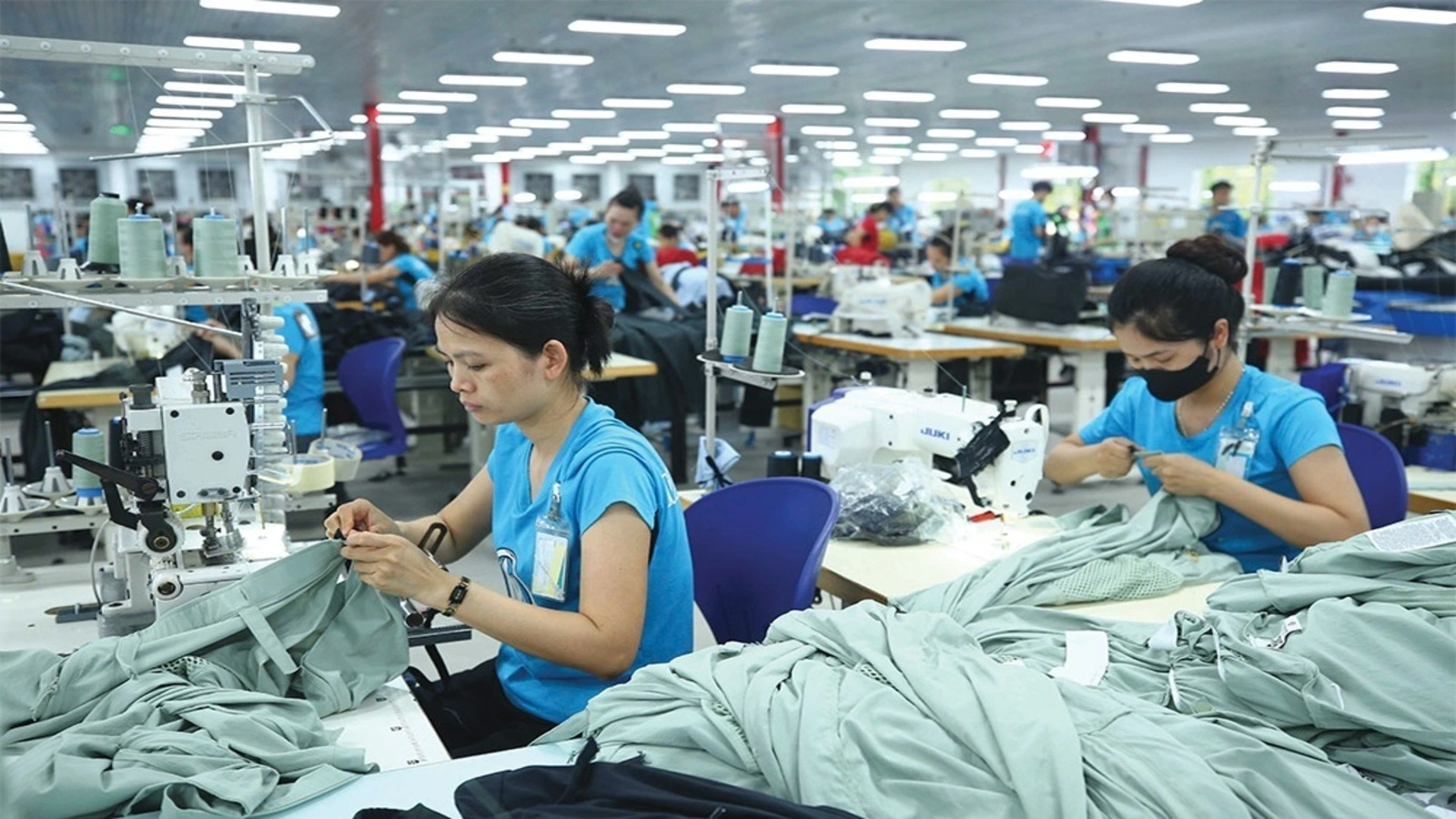
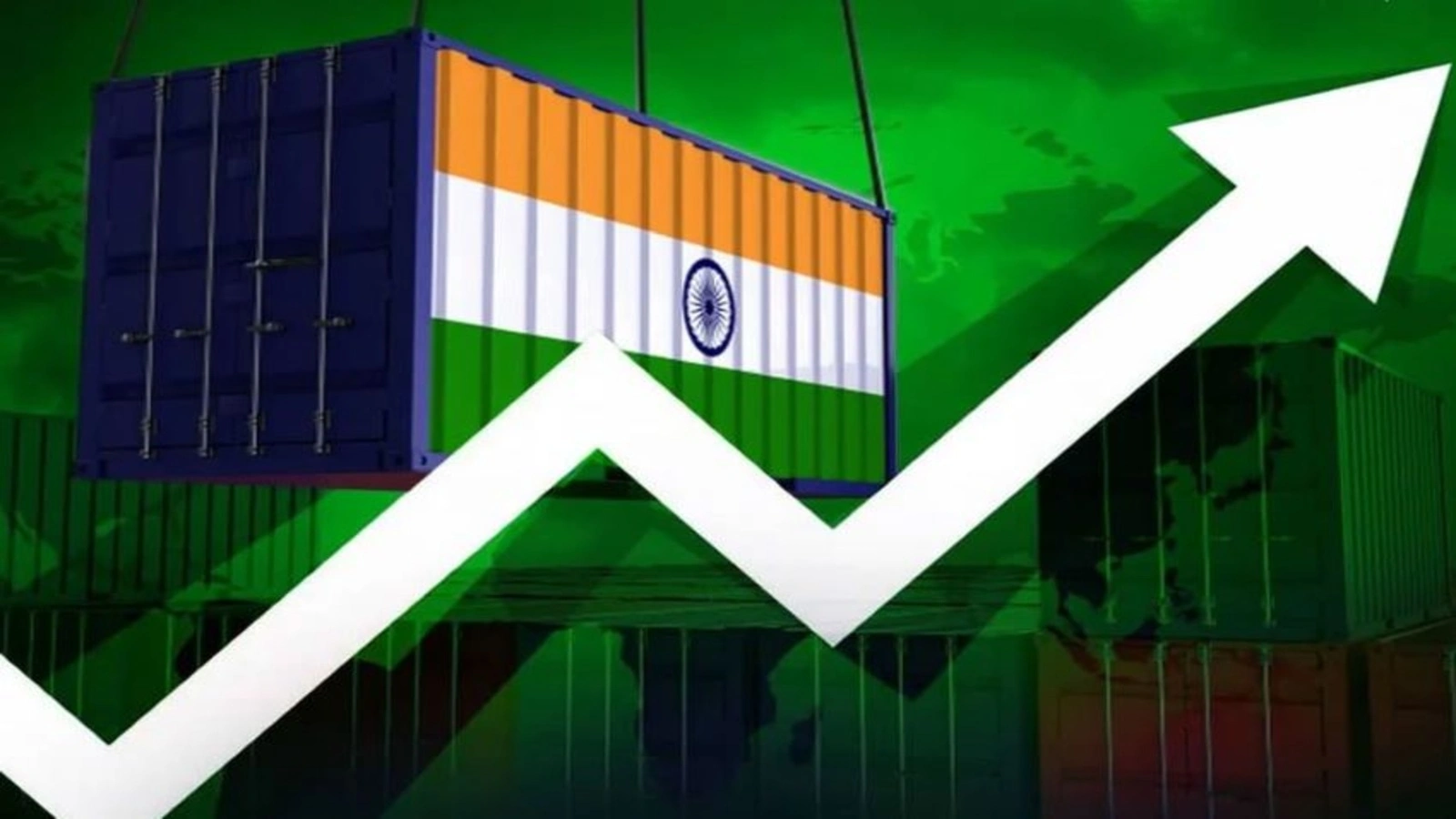
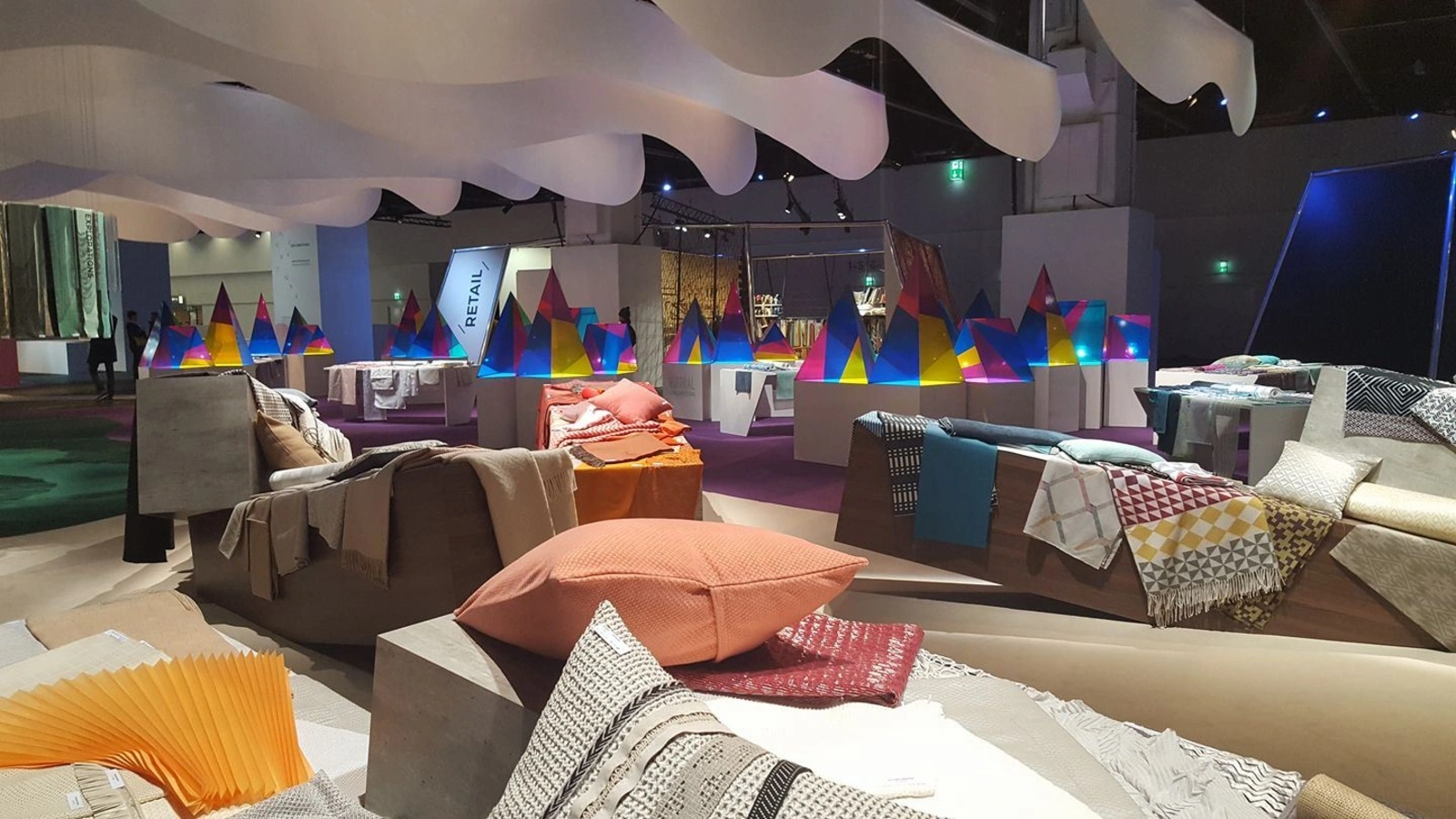
1.webp)




1.webp)

1.webp)
1.webp)
1.webp)

1.webp)
.webp)

1.webp)
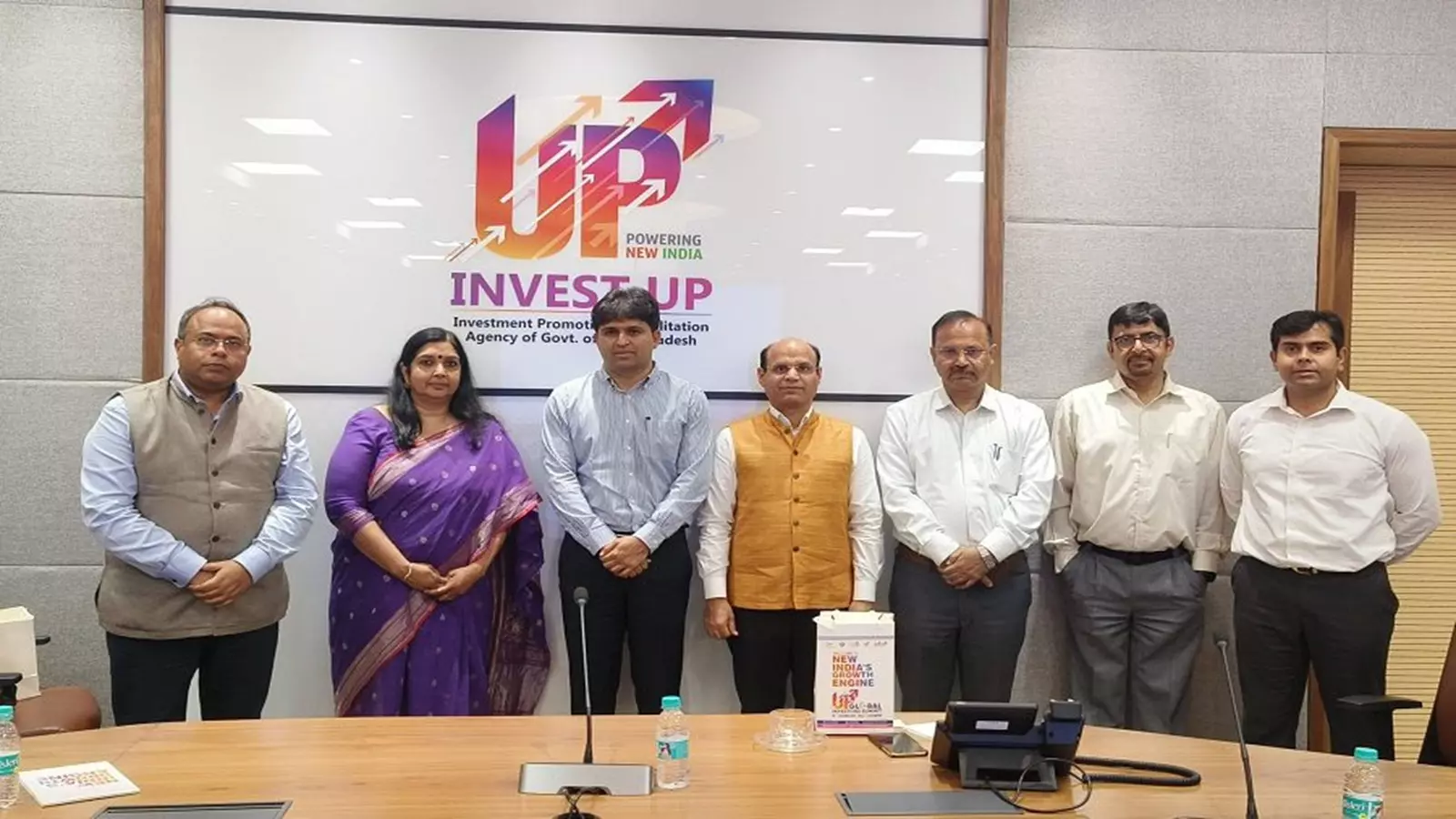

1.webp)



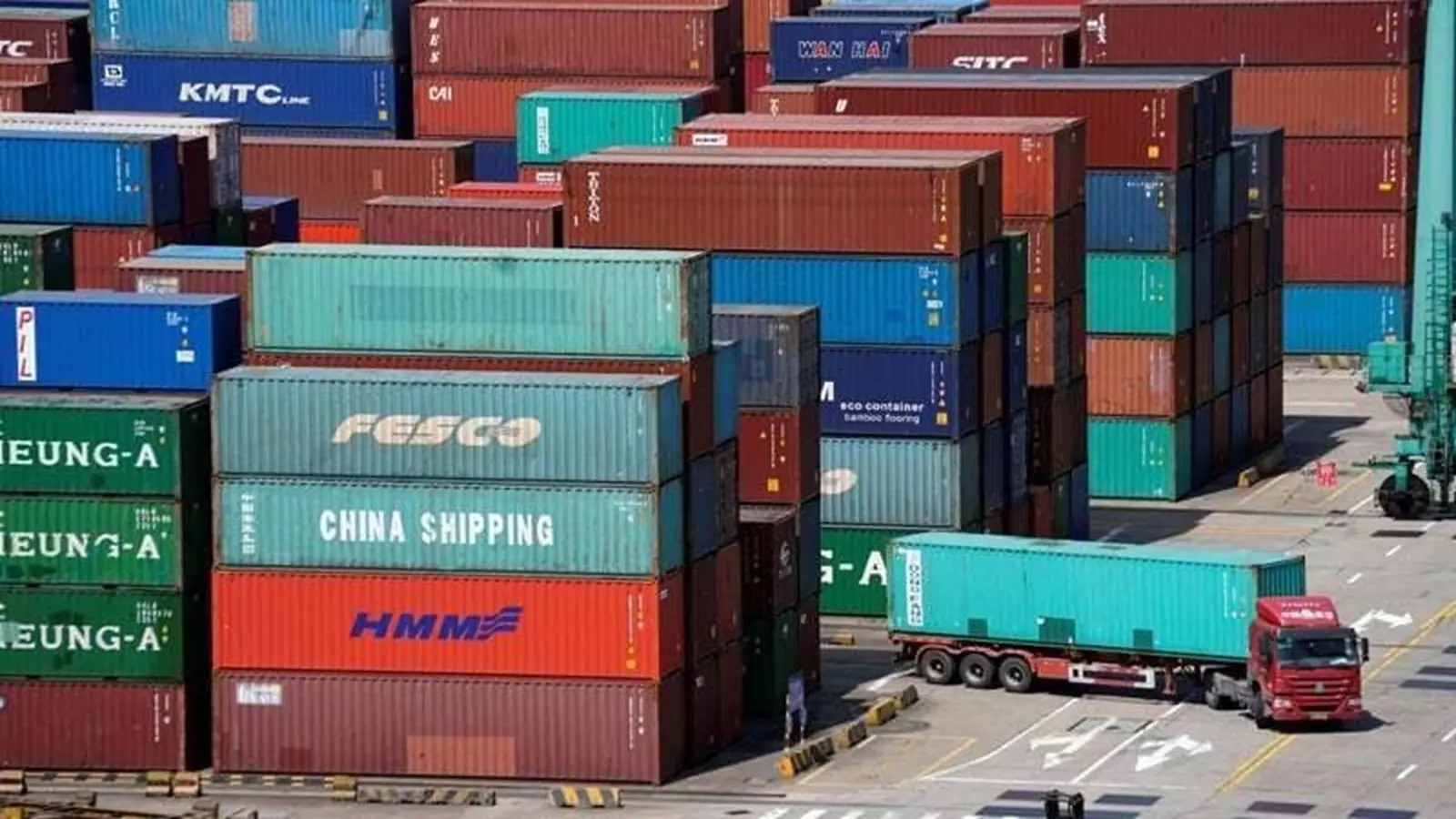
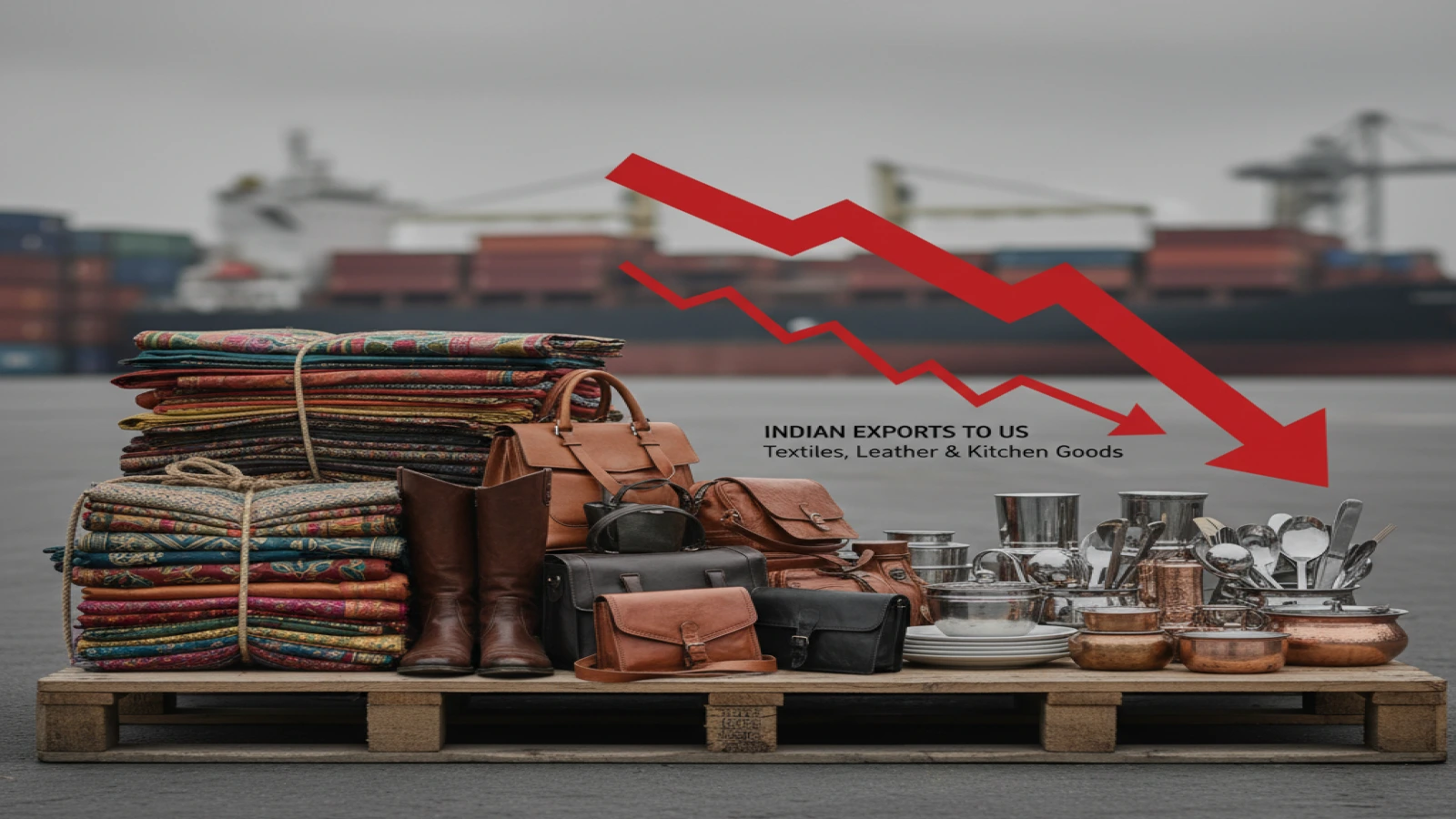
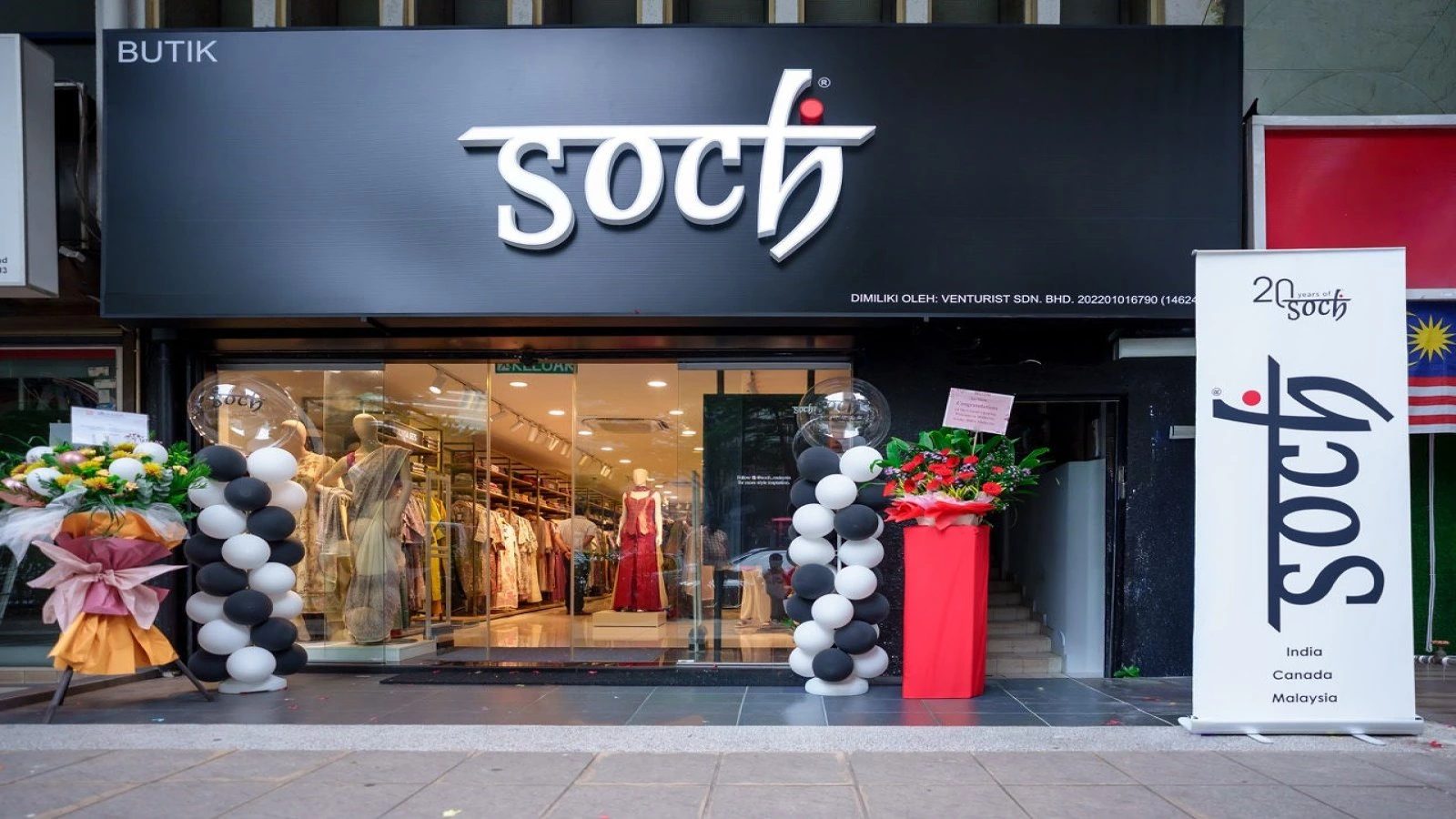

1.webp)
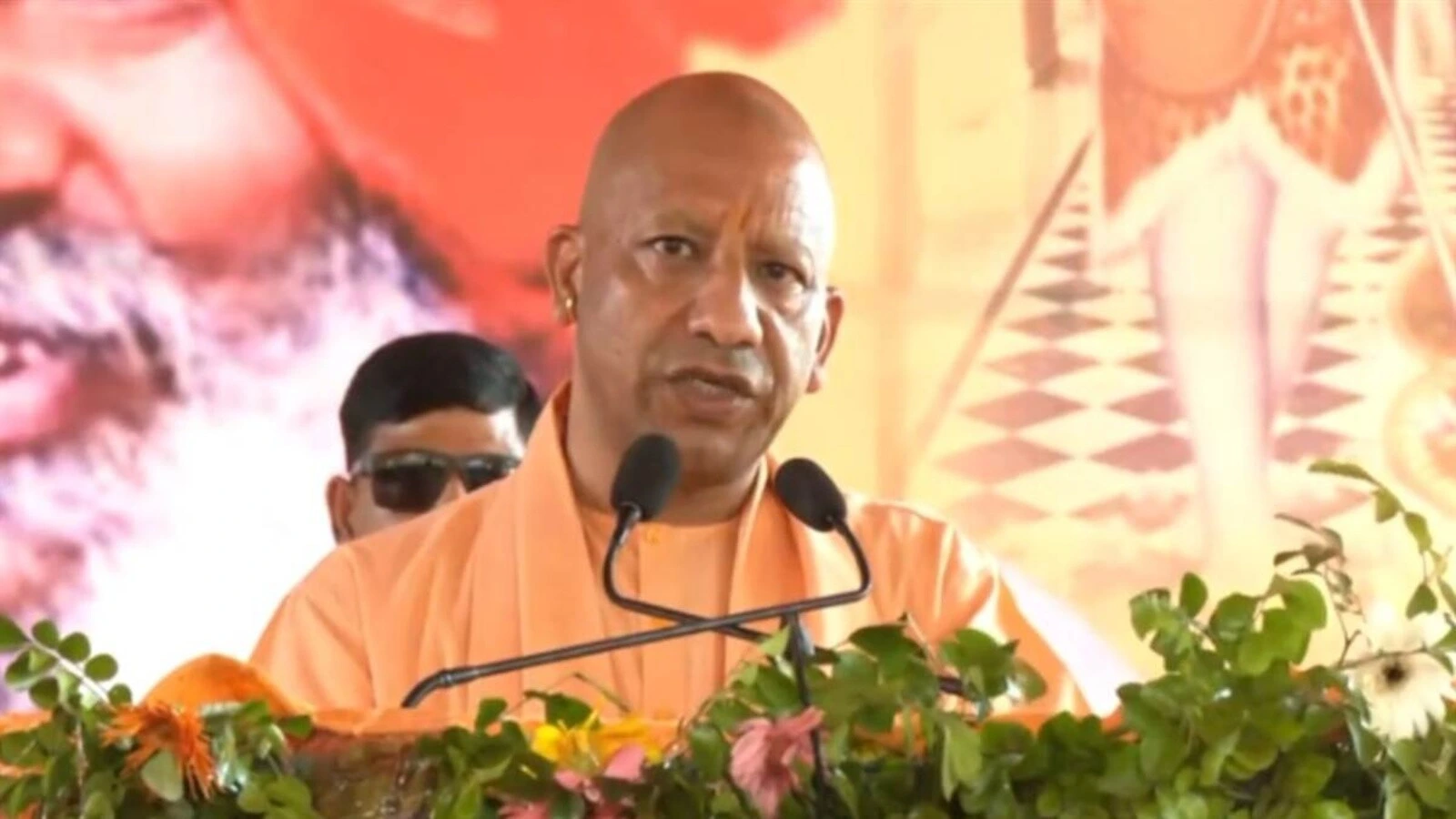
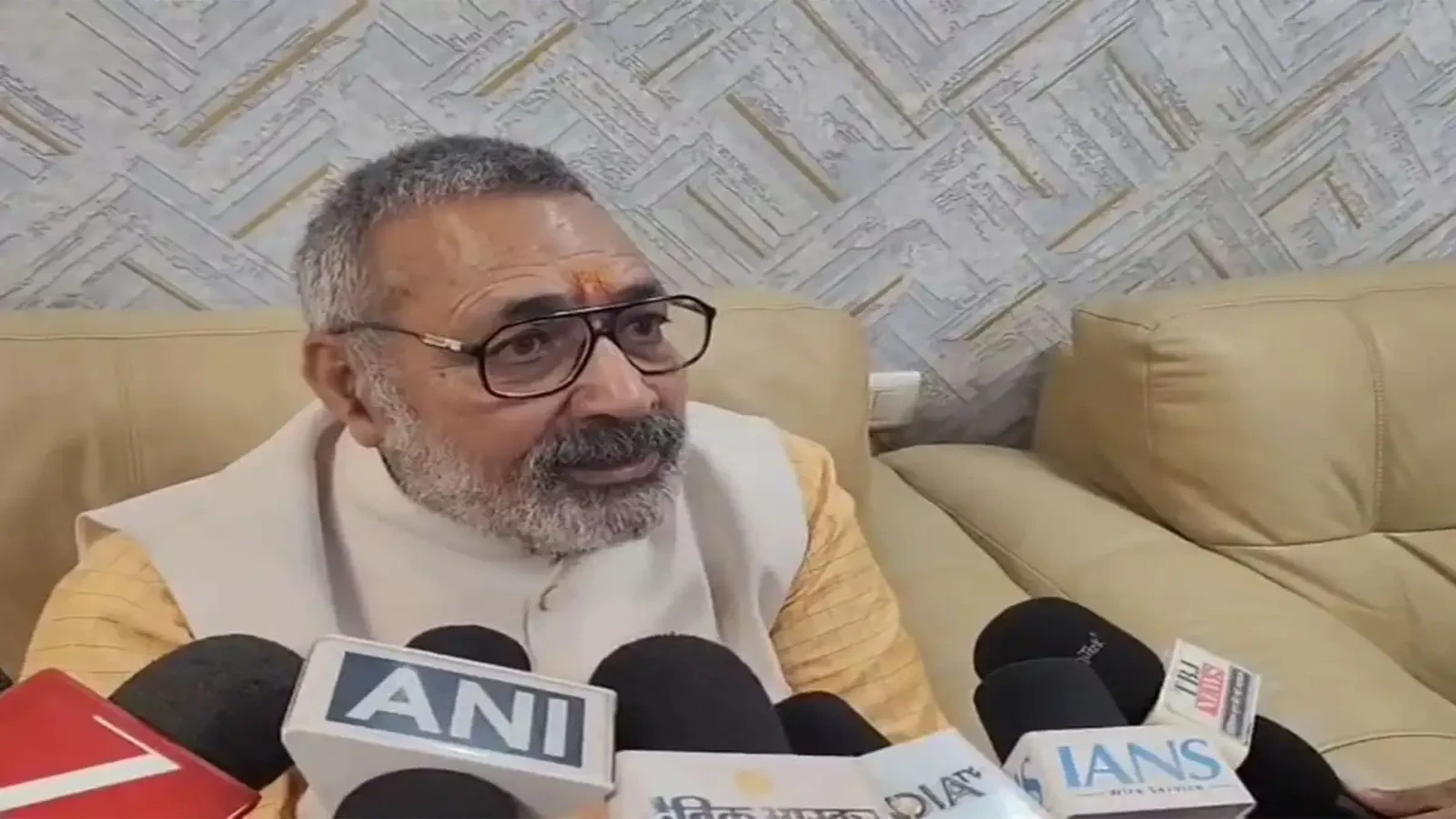



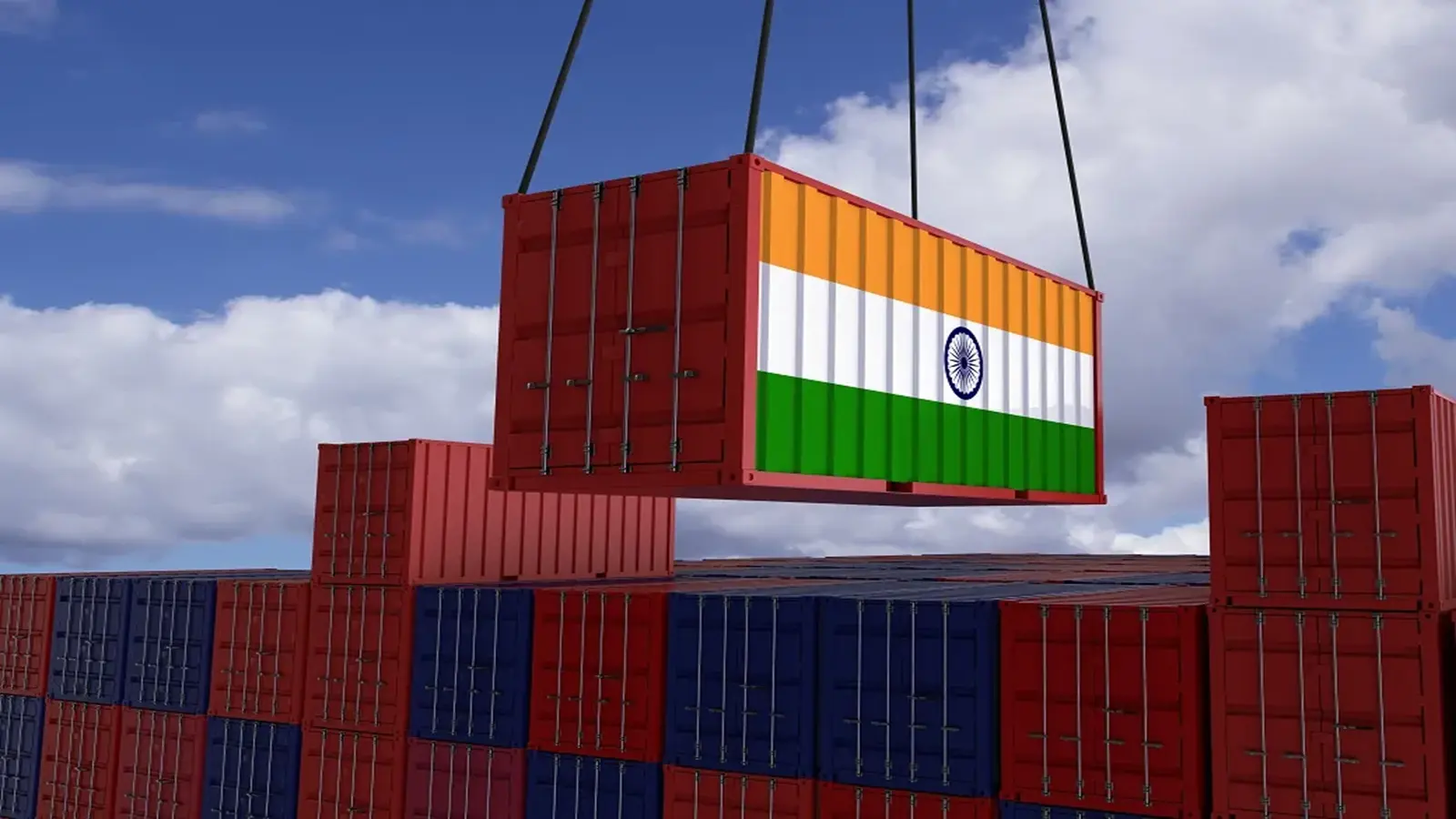
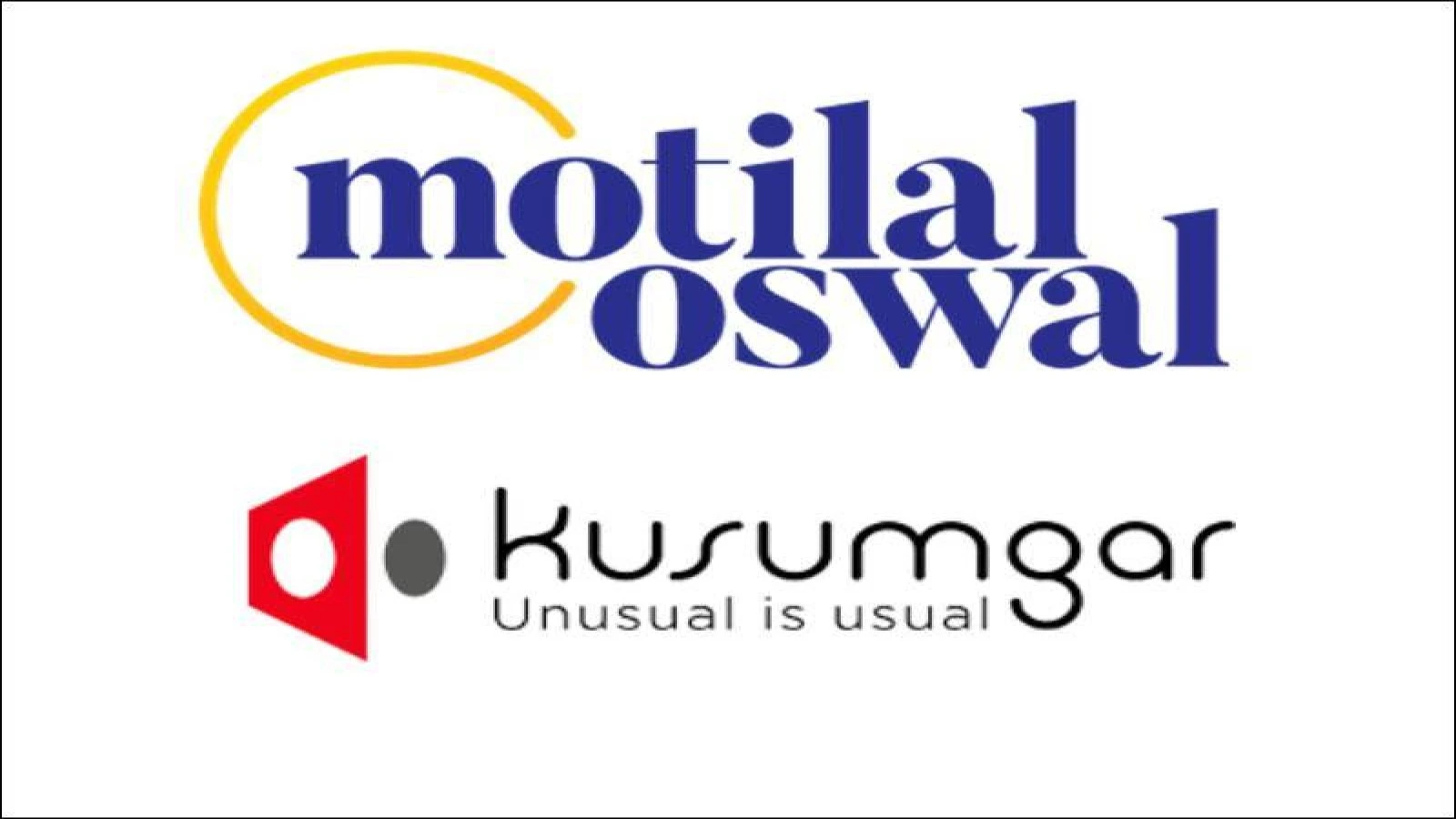
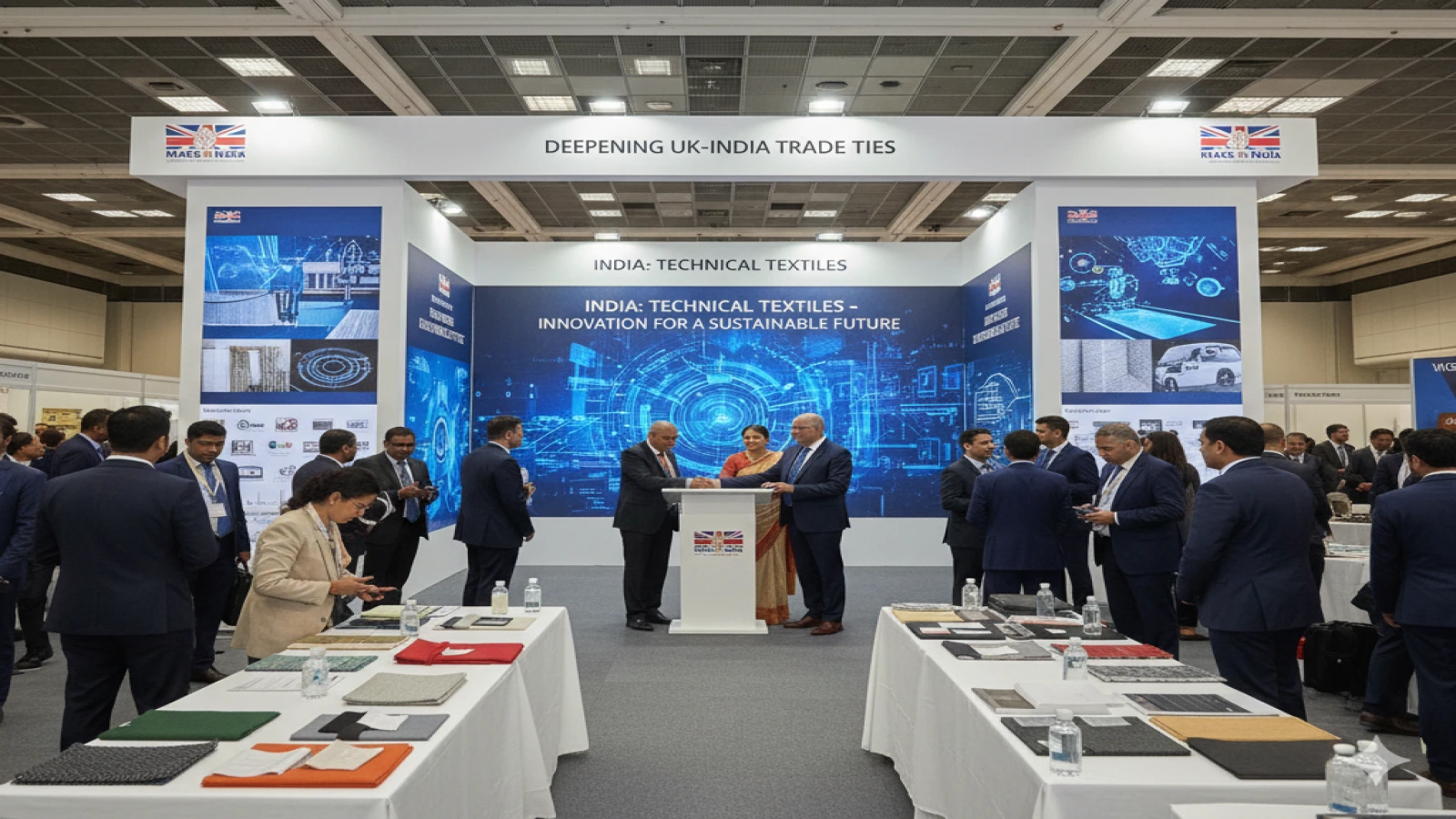


1.webp)

1.webp)
























.webp)






1.webp)
1.webp)













































.png)



.jpg)









1.jpeg)
